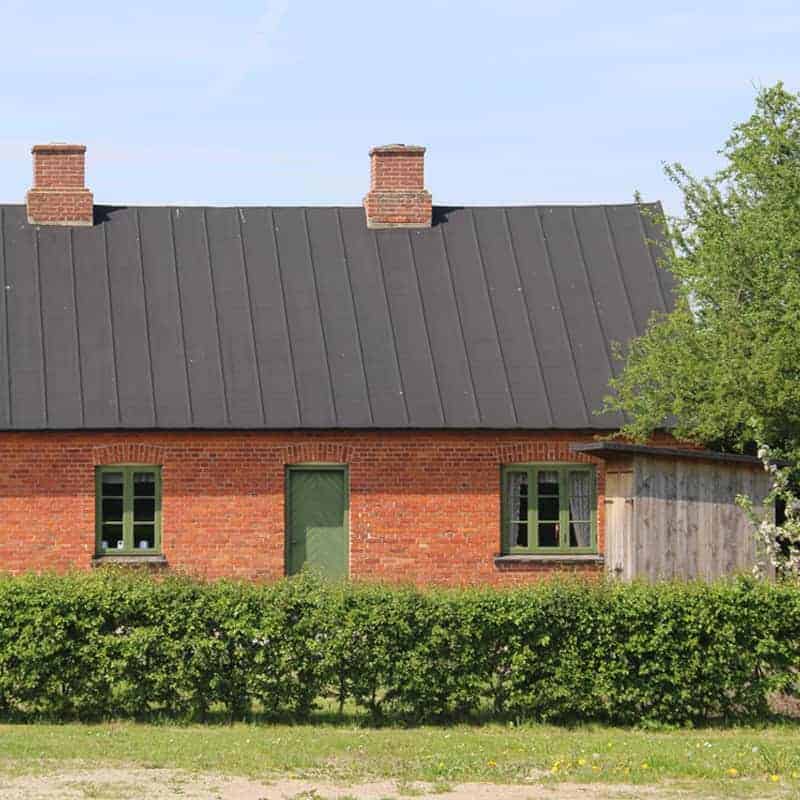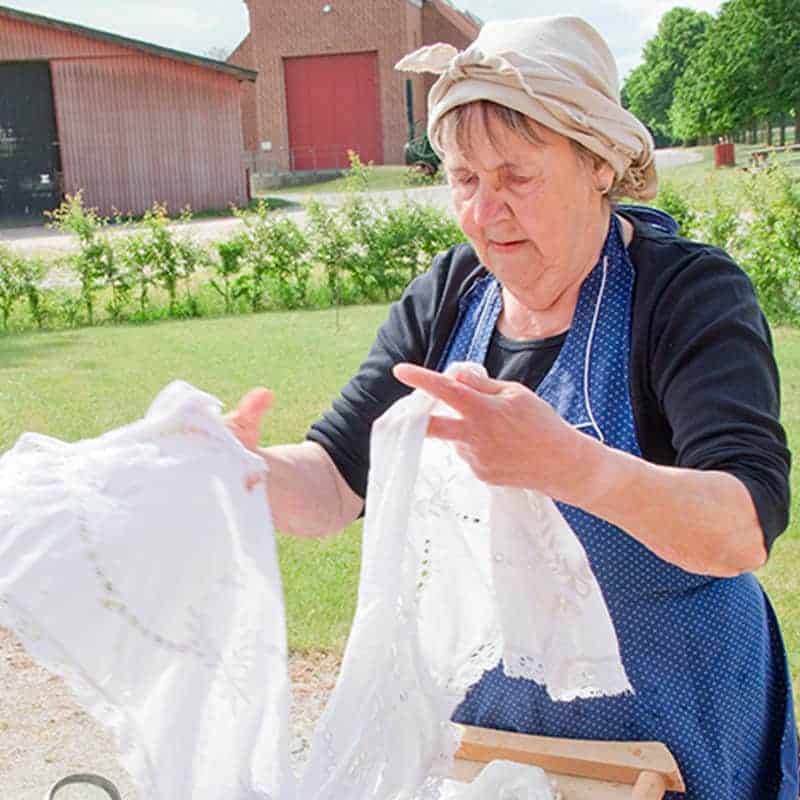We are working on developing new and larger exhibitions and we look forward to inviting you to visit them.
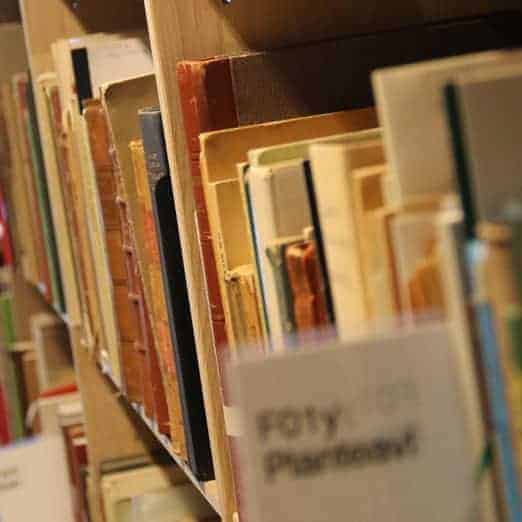
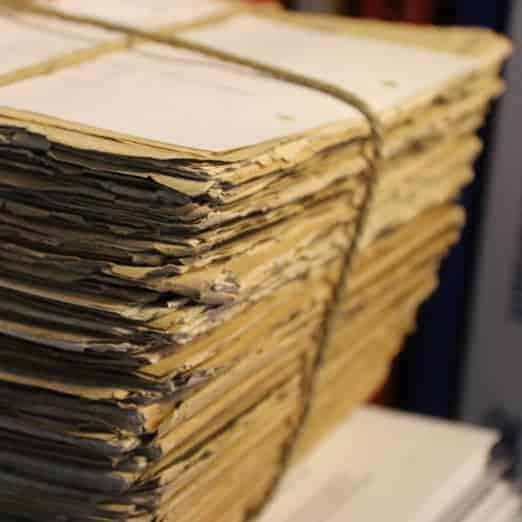
The Green Museum’s permanent exhibitions span a period of more than 6,000 years. From the time when people felled and burnt down the forest in order to cultivate the land in the Early Stone Age to the food revolution taking place in the new millennium.
The eight permanent exhibitions tell the story of peasant life in Denmark, technological developments in agriculture and food – and how our food culture has evolved over time.
The exhibitions include everything from large agricultural machinery to small, painstakingly produced sugar flowers. Authentic kitchens and interactive installations.
CONFECTIONER GERT SØRENSEN
An exhibition about the king of Danish cake. Master confectioner Gert Sørensen was Denmark’s leading confectioner and purveyor to celebrities and royalty since the 1980s. The exhibition features a wide range of the confectioner’s original and most iconic cake creations – including the Royal Couple’s silver wedding cake and the top of an 11-metre-high celebrity wedding cake. Gert Sørensen’s workshop has been reproduced 1:1 with all its original fixtures and fittings, tools and heating lamps.
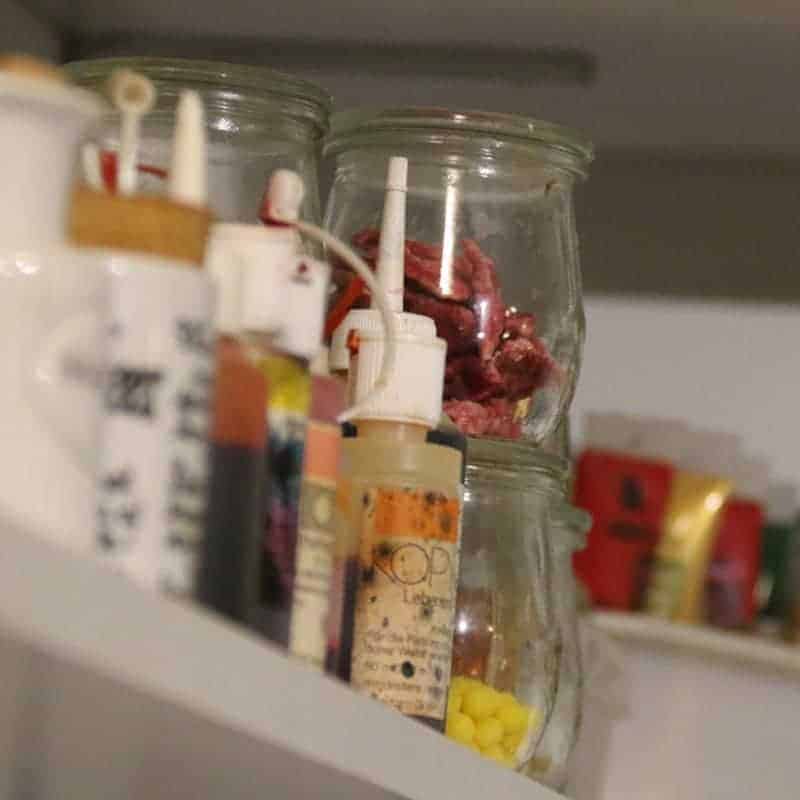
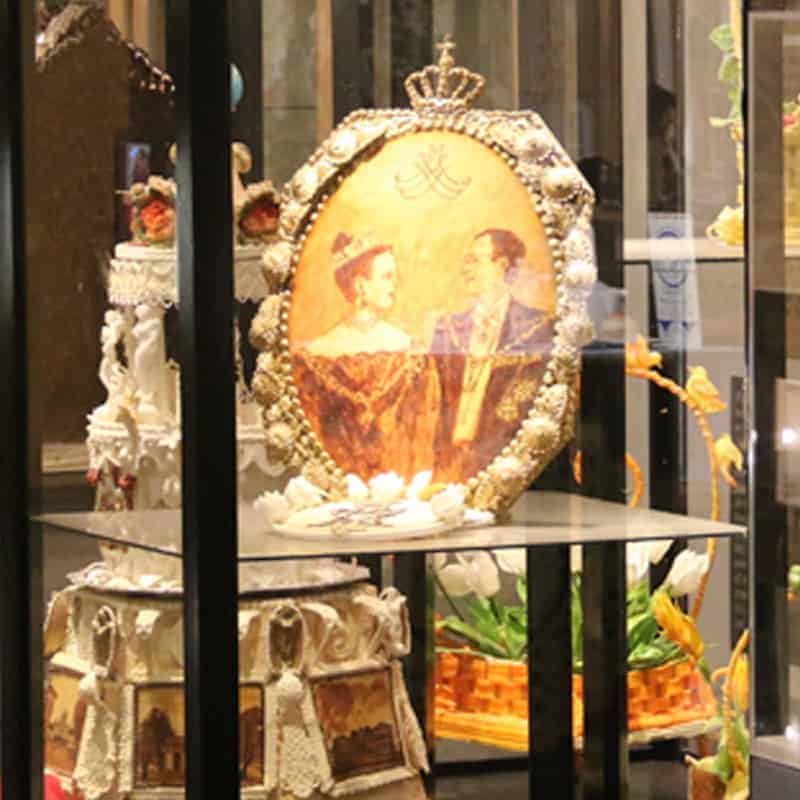
MEAT ON THE TABLE
The exhibition presents the history of butchery from the small meat stall in the marketplace to cooperative slaughterhouses and the industrialised meat industry. Interactive exhibits allow visitors to experience the way in which the cooperative movement generated a boom in the number of slaughterhouses and to visit the iconic Danish hotdog stand. Meat on the Table tells the story of how the slaughterhouses changed food habits in Denmark in the first half of the 20th century and features stories about the bacon pig with the extra rib, the Pork on your Fork advertising campaign and the development of abattoirs.
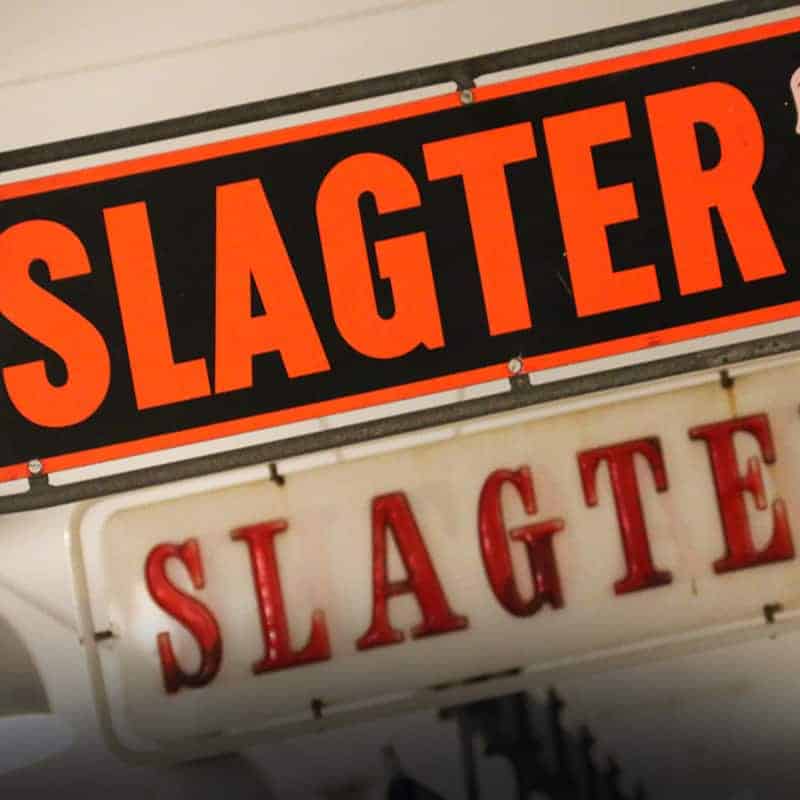

THE DANISH KITCHEN 1950-2010
The Danish Kitchen 1950-2010 focuses on the development of Danish food culture from the post-war years to the present. Centred on typical kitchens from each decade, the exhibition tells the story of how the kitchen changed when women went out to work and how Danish food culture developed with Karoline’s Kitchen, a development and ideas kitchen sponsored by Arla Foods, subscription recipe books and advertising campaigns such as Pork on your Fork. The exhibition also features photographs, videos and a wealth of iconic kitchen utensils.
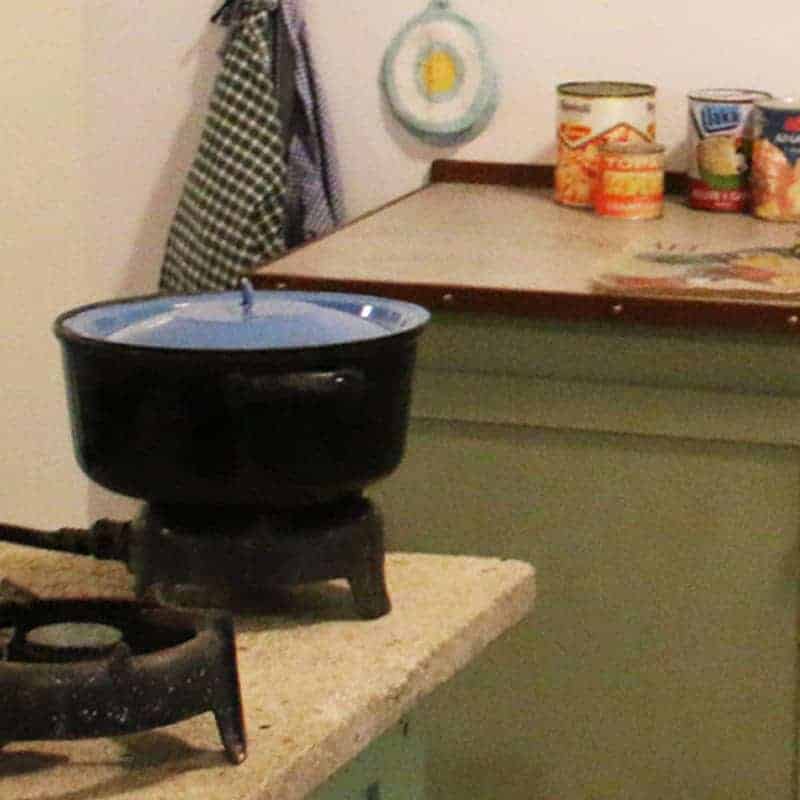
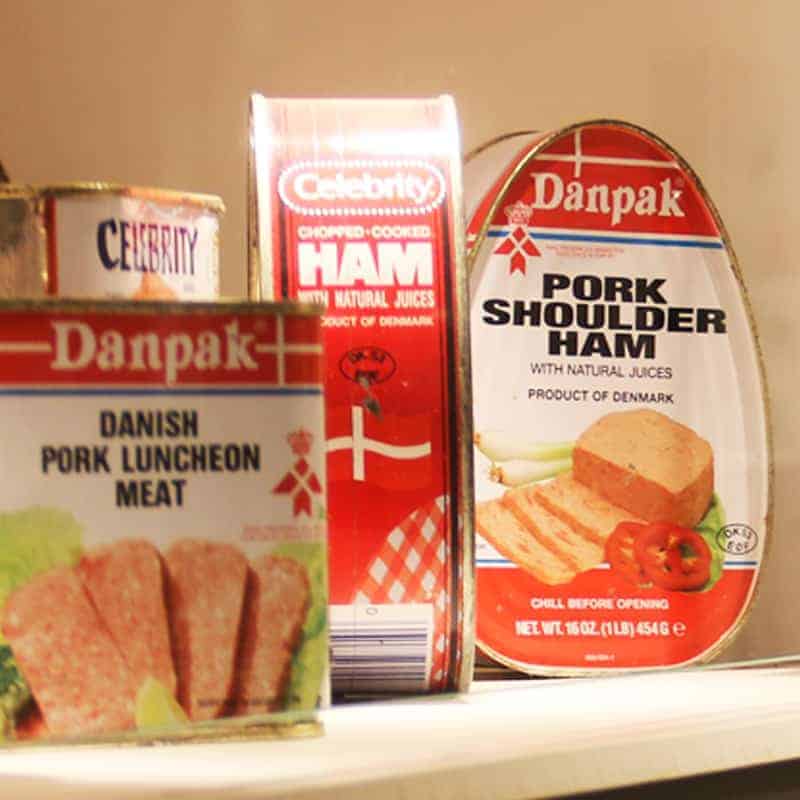
THE EAST JUTLAND KITCHEN
An exhibition in which people from East Jutland talk about the food of their childhood from World War II to the present day. Very personal stories combine to provide a history of food and eating habits in the homes of the past. People talk about the way hot lunches became packed lunches, about their local cook and about the growth of cold stores that replaced the curing of meat products.
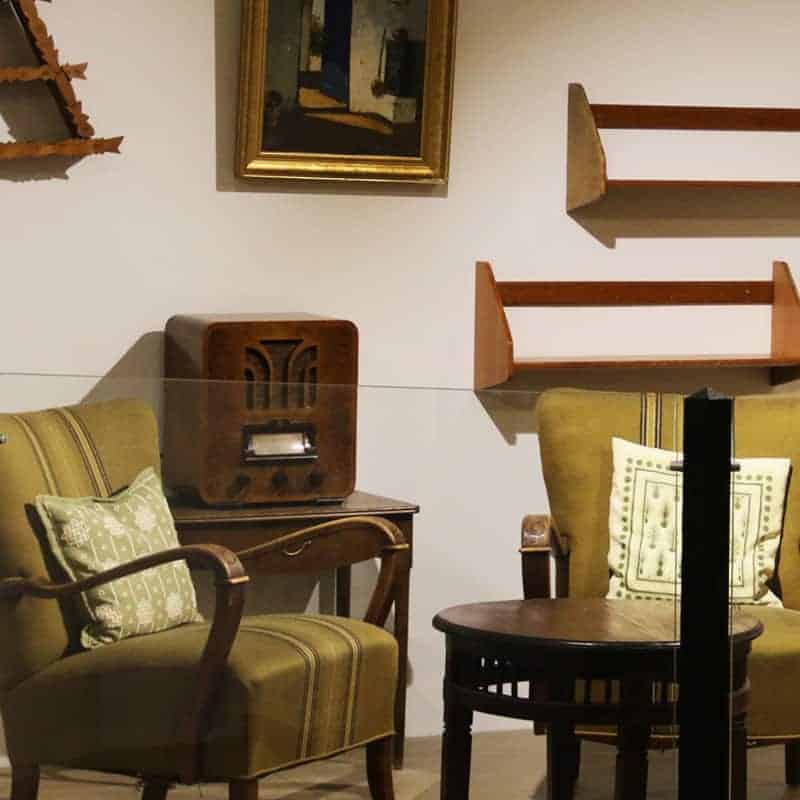

MEJERIGTIGT
The MejeRigtigt dairy exhibition showcases the history of Danish milk, cheese and butter. The exhibition, which is named after the Danish Dairy Board’s advertising campaigns in the 1950s, contains a mixture of large original installations from the production of milk, cheese and butter as well as digital stories. Visitors are able to experience the old dairy outlets, study the modern refrigerated counters in Danish supermarkets and take a look at a dairy as it would have looked in the 1950s.
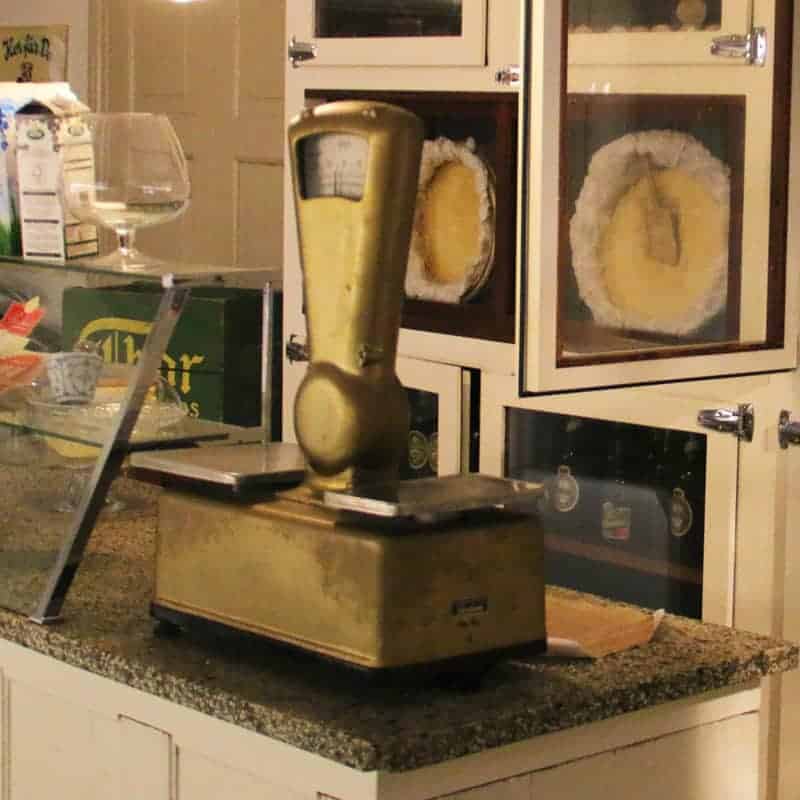
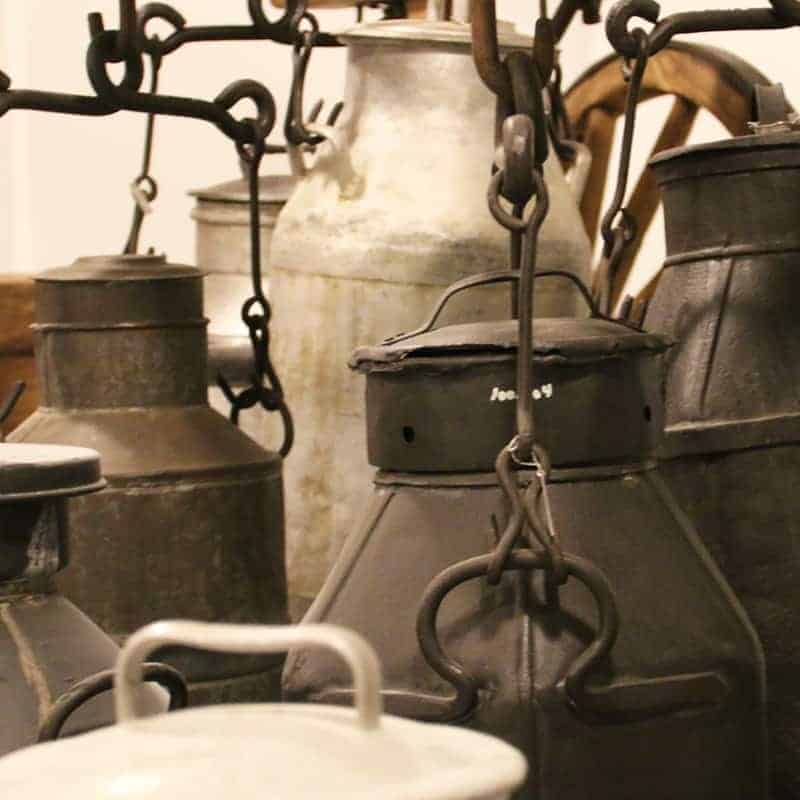
PEASANT LIFE
The Peasant Life exhibition shows the way in which the lives of peasants developed from the Early Stone Age until the Agrarian Reforms in Denmark at the end of the 18th century. The exhibition showcases a number of finds – including tools – which tell the story of how the forest was felled with flint axes and models which illustrate the story of the peasants moving onto new land under the Agrarian Reforms at the end of the 18th century.
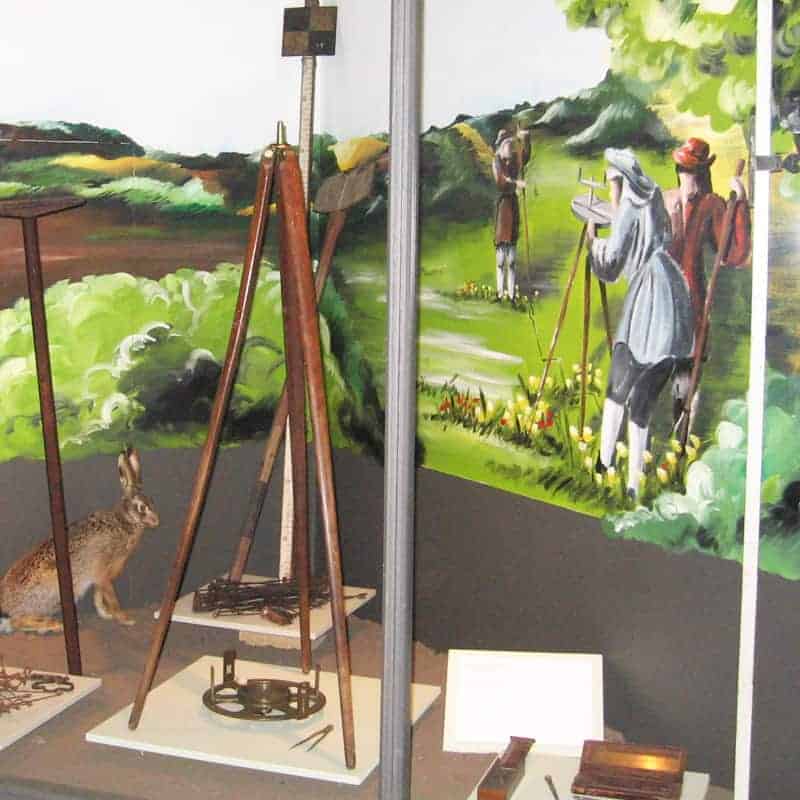
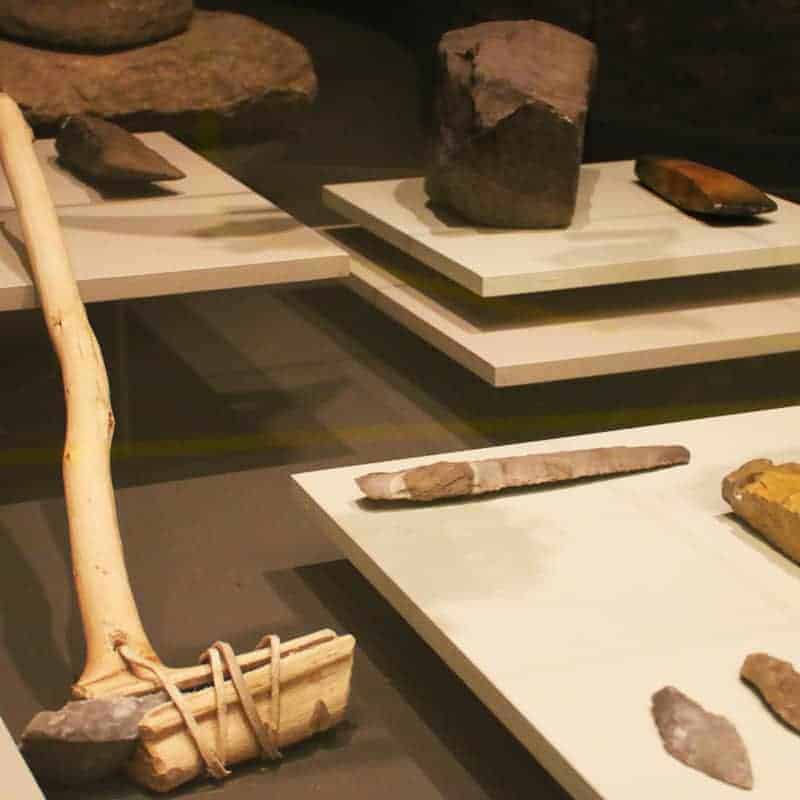
AGRICULTURE AND TECHNOLOGY
Agriculture and Technology is an exhibition showcasing technological developments in agriculture. From the horse being the preferred draught animal to life in the countryside becoming characterised by new, large and very noisy machinery. The exhibition features many of the machines that have come to mean so much for modern agriculture, including the iconic grey Ferguson tractor which has become the symbol of post-war farming.
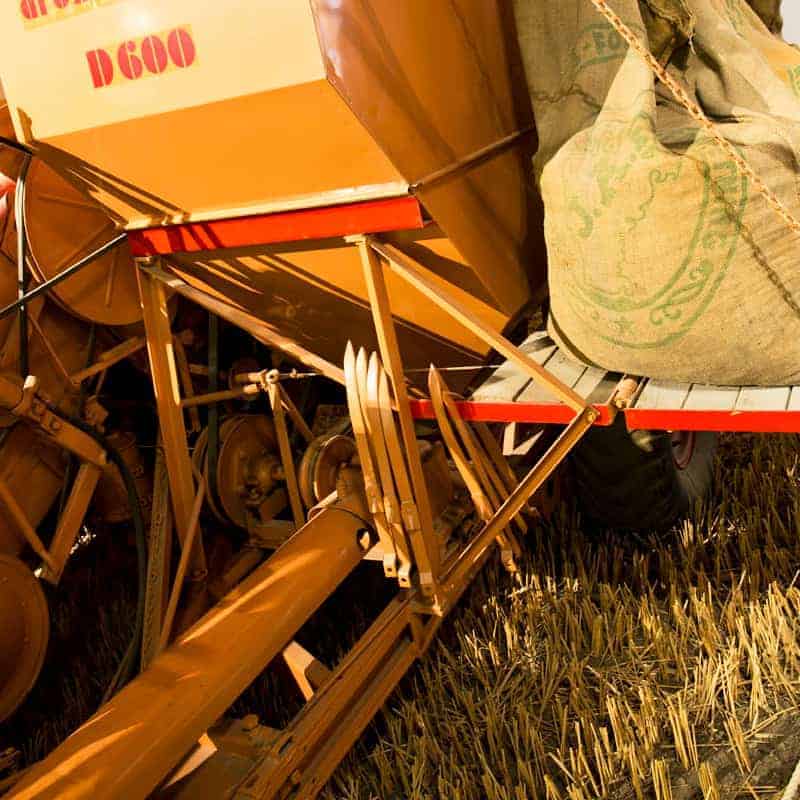
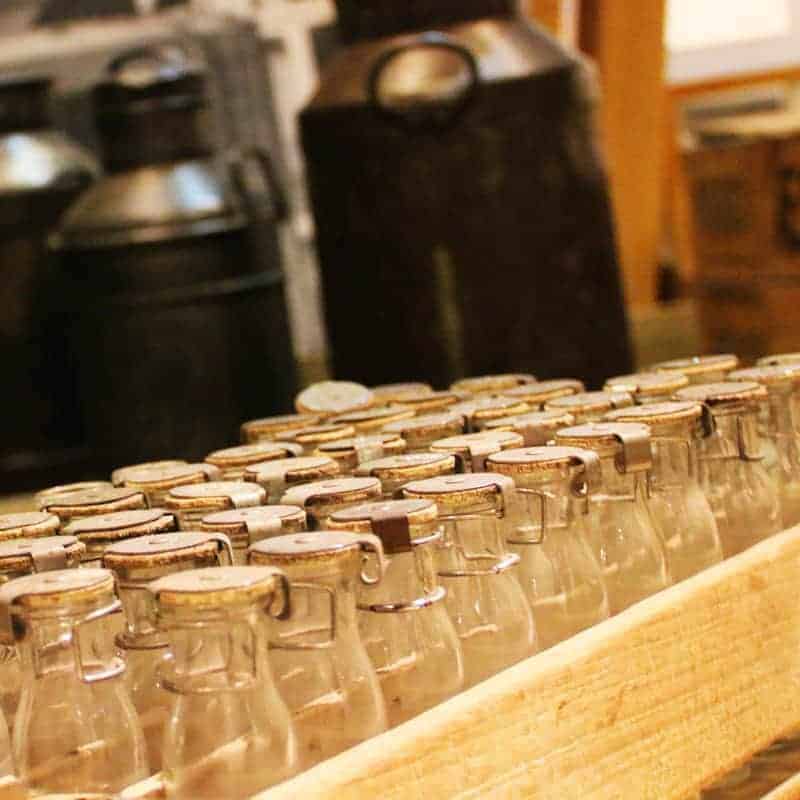
THE POLISH HOUSE
The exhibition in the Polish House shows how hard life was for the many farm workers – Danish as well as foreign. The house is the only remaining worker’s home at Gl. Estrup. At different times, the house was home to Polish farm worker families which is why it is now called the Polish House. In addition to an exhibition, the house also offers an opportunity to see a farm worker home as it would have looked in 1915. History comes alive when the Polish House Group set to work as farmhands. Find out more about when to see the Polish House Group perform.
